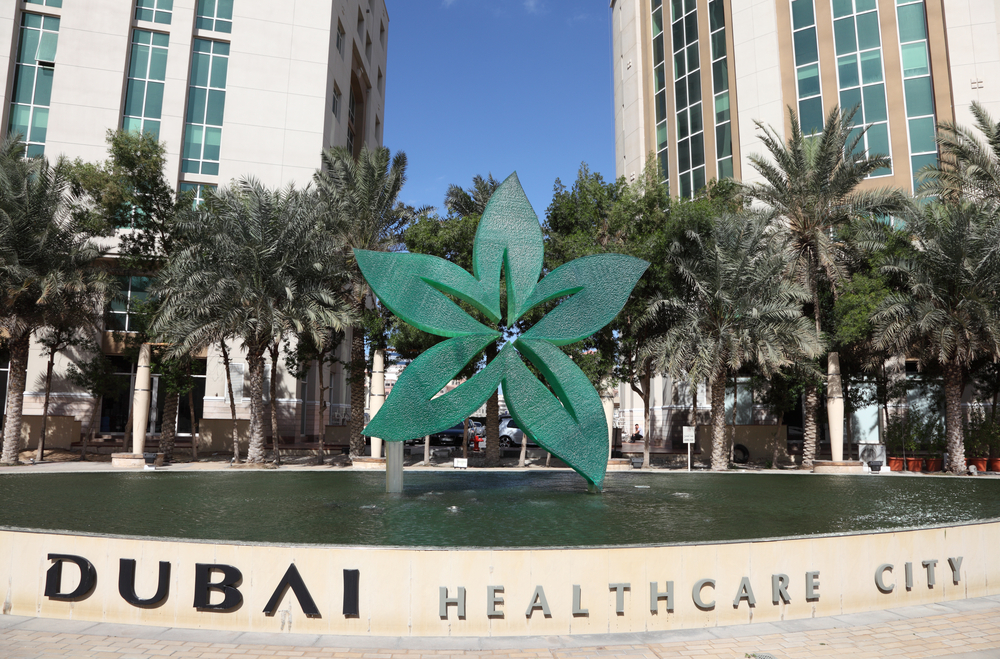Securing healthcare sites across the Middle East


James Thorpe
Share this content
Organisations across the Middle East have been reevaluating their current strategies to ensure uninterrupted business continuity, especially in the healthcare industry. As the government and various healthcare institutions in the UAE set up remote clinics to meet the need for rapid field diagnosis and provide efficient testing services for its residents, there is an urgent need for stronger availability, enhanced security and real-time emergency services at these remote locations.
To meet the demands for rapid field diagnosis and testing, healthcare organisations must ensure their networks can keep up while remaining secure. Without a secure emergency deployment plan in place, healthcare providers and institutions will struggle at establishing and coordinating consistent policy enforcement across multiple sites and especially for hybrid environments such as clinics, hospitals and doctor’s offices running across a variety of physical and virtual networks.
Establishing a consistent level of security across environments is critical and also challenging to achieve as most cybersecurity solutions are architected to secure a single environment. Below are considerations for healthcare organisations to secure remote access across temporary healthcare sites:
Deployment: Organisations should look for a solution that ensures quick deployment of secure wireless infrastructures without the need for additional hardware. With a solution that can instantly adopt previously-established security policies, healthcare organisations can secure remote access across all locations.
Cyber Threat Control: Healthcare organisations must also be able to pinpoint threats targeting user entry points to the network, which may become an added vulnerability when networks and users are suddenly distributed.
Response Times: Keeping up with today’s sophisticated cyber threats requires a solution that provides automated network protection updates. Once networks are functioning as a single, integrated system that can identify indicators of compromise and address potential vulnerabilities and hot spots, healthcare organisations can better protect their locations from new exploits, viruses, botnets and other threats.
Visibility and Control: Healthcare organisations need complete visibility of their clinical applications, access to cloud-based services and granular control of their distributed networks. Achieving this requires tools that are designed to work together, regardless of where they are deployed or in what form factor, to achieve consistent policy placement and enforcement, as well as participate in a threat response as a single, integrated system.
Management: Solutions that feature single-pane-of-glass management of both security and networking enable healthcare organisations to administer various policies to both wired and wireless networks so that security and networking function as part of the same system, saving time and resources.
The healthcare industry’s ability to respond quickly to emergencies is more critical than ever. By deploying a comprehensive solution that features ease of deployment, cyber threat controls and unified management, healthcare organisations can secure access for even their most distributed sites without compromising network performance.

By Alain Penel, Regional Vice President – Middle East, Fortinet



